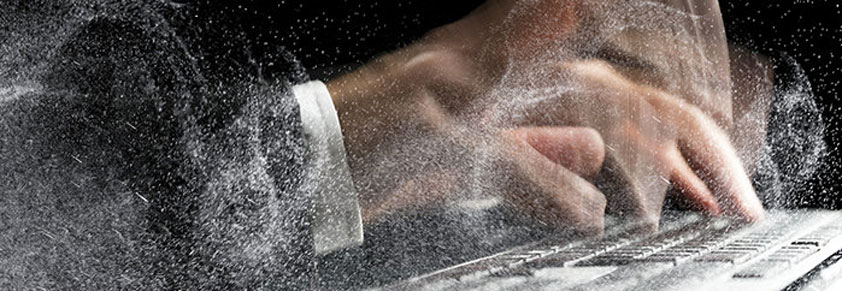


In some places, including in the fingers, referred sensation can be targeted with a reasonable amount of precision. This method depends on what’s called “referred sensation,” where stimulation of your body in one place gets felt in another place-it’s like when you accidentally bash your elbow against something but can feel tingling up through your fingers, because the signal has traveled along your nerves up through your hand. In a paper that will be presented at the 2023 Conference on Human Factors in Computing Systems, or CHI 2023, (where it will also be honored with a best paper award), they demonstrate a wearable system that can generate tactile sensations across the bottom of your fingers and palm without any hardware getting in the way, by hacking into the nerves on the back of your hand instead. Researchers from the University of Chicago have figured out a clever way around this problem. Typically, this is some sort of glove, and whether or not the glove is transmitting a haptic signal, you’re still wearing it all the time, which is not transparent at all. With touch, though, there aren’t good options for transparency, because there has to be some physical thing touching, say, your fingers for you to actually feel sensations. Video and audio have ways of making themselves transparent, like with glasses or contact lenses or bone conduction, which let you experience the real world with an additional layer of reality added on top-augmented reality. This hardware layer is a problem for virtual touch, because it seems like there’s just no way around it. And especially in the case of augmented reality, all of that hardware can get in the way. But as with everything related to VR or AR, it’s all extremely hardware intensive. Getting immersed in a virtual world through a headset that provides video and audio is one thing, but adding in touch is somehow transformative physical interaction brings you into that virtual world in a much more direct way. One of the trippiest virtual-reality experiences that I’ve ever had was being able to touch an object that didn’t exist.


 0 kommentar(er)
0 kommentar(er)
